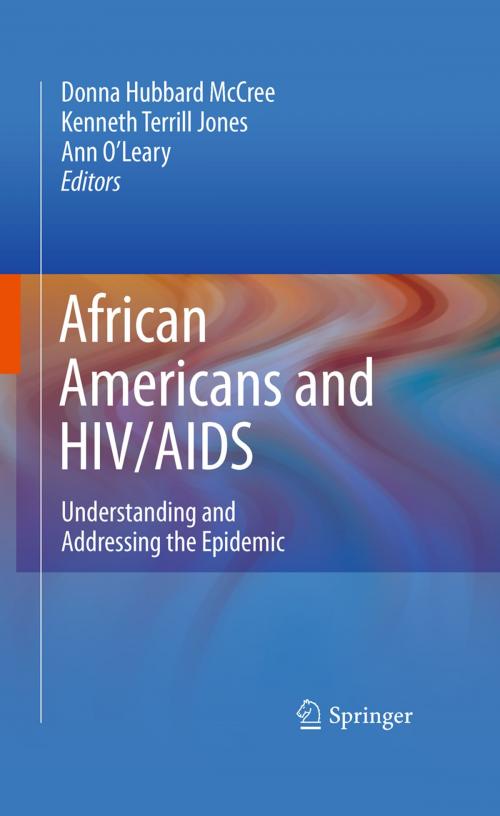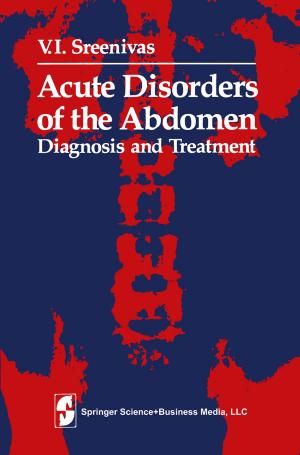African Americans and HIV/AIDS
Understanding and Addressing the Epidemic
Nonfiction, Health & Well Being, Medical, Specialties, Preventive Medicine, Reference, Public Health| Author: | ISBN: | 9780387783215 | |
| Publisher: | Springer New York | Publication: | September 14, 2010 |
| Imprint: | Springer | Language: | English |
| Author: | |
| ISBN: | 9780387783215 |
| Publisher: | Springer New York |
| Publication: | September 14, 2010 |
| Imprint: | Springer |
| Language: | English |
Among U. S. racial and ethnic minority populations, African American communities are the most disproportionately impacted and affected by HIV/AIDS (CDC, 2009; CDC, 2008). The chapters in this volume seek to explore factors that contribute to this disparity as well as methods for intervening and positively impacting the e- demic in the U. S. The book is divided into two sections. The first section includes chapters that explore specific contextual and structural factors related to HIV/AIDS transmission and prevention in African Americans. The second section is composed of chapters that address the latest in intervention strategies, including best-evidence and promising-evidence based behavioral interventions, program evaluation, cost effectiveness analyses and HIV testing and counseling. As background for the book, the Introduction provides a summary of the context and importance of other infectious disease rates, (i. e. , sexually transmitted diseases [STDs] and tubercu- sis), to HIV/AIDS prevention and treatment in African Americans and a brief introductory discussion on the major contextual factors related to the acquisition and transmission of STDs/HIV. Contextual Chapters Johnson & Dean author the first chapter in this section, which discusses the history and epidemiology of HIV/AIDS among African Americans. Specifically, this ch- ter provides a definition for and description of the US surveillance systems used to track HIV/AIDS and presents data on HIV or AIDS cases diagnosed between 2002 and 2006 and reported to CDC as of June 30, 2007.
Among U. S. racial and ethnic minority populations, African American communities are the most disproportionately impacted and affected by HIV/AIDS (CDC, 2009; CDC, 2008). The chapters in this volume seek to explore factors that contribute to this disparity as well as methods for intervening and positively impacting the e- demic in the U. S. The book is divided into two sections. The first section includes chapters that explore specific contextual and structural factors related to HIV/AIDS transmission and prevention in African Americans. The second section is composed of chapters that address the latest in intervention strategies, including best-evidence and promising-evidence based behavioral interventions, program evaluation, cost effectiveness analyses and HIV testing and counseling. As background for the book, the Introduction provides a summary of the context and importance of other infectious disease rates, (i. e. , sexually transmitted diseases [STDs] and tubercu- sis), to HIV/AIDS prevention and treatment in African Americans and a brief introductory discussion on the major contextual factors related to the acquisition and transmission of STDs/HIV. Contextual Chapters Johnson & Dean author the first chapter in this section, which discusses the history and epidemiology of HIV/AIDS among African Americans. Specifically, this ch- ter provides a definition for and description of the US surveillance systems used to track HIV/AIDS and presents data on HIV or AIDS cases diagnosed between 2002 and 2006 and reported to CDC as of June 30, 2007.















